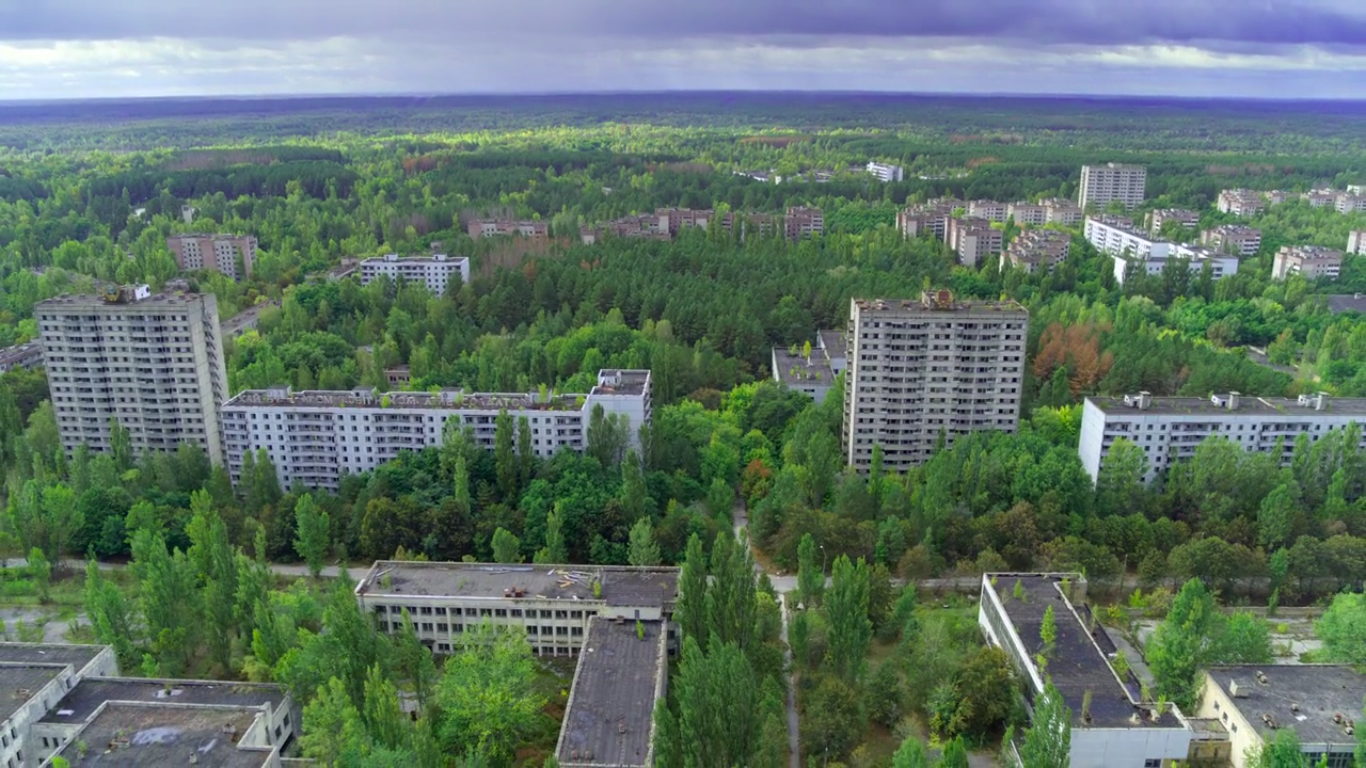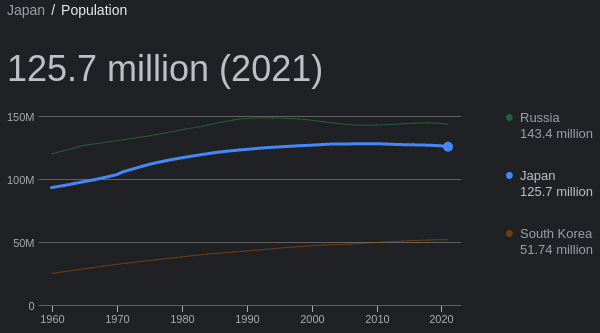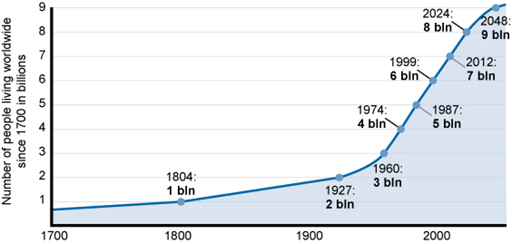Lessons from David Attenborough’s A Life On Our Planet

Today was a boring Sunday and as we all agree, days like this are for looking for something to watch. I finally decided to watch David Attenborough’s 2020 film titled “A Life On Our Planet”. I absolutely loved it. Below I share three lessions I picked from the 1 hour 23 minutes documentary:
1. Nature always self-heals
A perfect example David gives is the Chernobyl Exclusion Zone. Before the nuclear disaster, sprawling economic activity thrived in the city. Thirty years after disaster struck, the vegetation and the animals have returned. This can be attributed to the minimal human interference thereby creating room for nature to reproduce.

Credit: Netflix
2. Population always reaches a peak
This can be illustrated by the population growth or decline of Japan for more than a decade now. Since 2008, Japan’s population has been reducing by an average of 0.3 million people per year. It’s highest population was 128.1 million people. As at 2021, the population was 125.7 million people.
From an eveolutionary perspective, at 128 million people, the resources that Japan has/had could not support the number of people living within the country.
“When resources are limited, “competition” increases and some populations of organisms will decrease”

Credit: Google
3. Earth is vastly overpopulated
In 1937, around 66% of the planet earth was classified as wilderness. Today, less than 100 years later, we have a mere 23% of the total land mass being classified as wilderness. I could speculate that in less than 50 years from now, we’d have a massive enroachment on protected lands due to the increase in the scarcity of land as a resource.
Since the 1800s, our global population has grown from 984 million people to almost 8 billion — an increase of more than 700%. What do the nest 100 years have in store in regard to the environment and resource distribution? We can only project.
Nearly all the forests I grew up watching as a kid during my school holidays are no more. The land is either being used for farming, or someone has constructed a structure.

Credit: Open Learn
Conclusion
All in all, David Attenborough’s documentaries with stunning and mesmerizing camera shots, combined with classical music and his soothing narration make everything so immersive.
A Life On Our Planet is available to stream on Netflix.